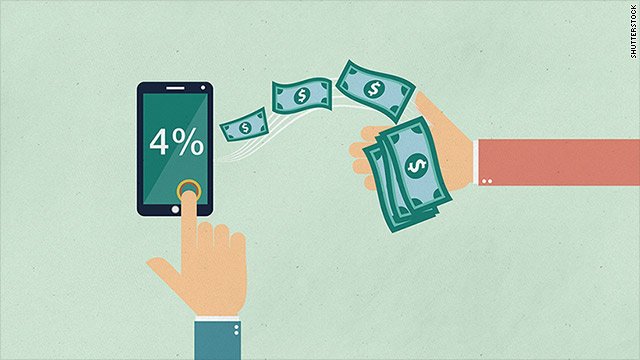Maurie Backman
A recent Northwestern Mutual survey found that Americans think it will take $1.46 million to retire comfortably. That’s a sum that may be attainable if you start saving early enough.
You, on the other hand, may be looking at even more than $1.46 million in your 401(k) or IRA — or maybe not. But no matter how much money you’re retiring with, you don’t want it to run out, which is why it’s important to establish a smart withdrawal strategy.
To that end, financial experts have long touted the 4% rule. It says that if you start by withdrawing 4% of your savings balance your first year of retirement and then adjust future withdrawals for inflation, your nest egg has a strong chance of lasting for 30 years.
While the 4% rule has long been adopted by savers and financial professionals alike, it may not be the optimal strategy for you to follow. Here are a few scenarios where you may want to stray from the 4% rule.
- You’re retiring very early
The 4% rule isn’t designed to make retirement savings last forever. Rather, it’s based on a 30-year time frame.
That timeline may be suitable for the typical retiree, but if you’re ending your career at age 48 or 51 or 53, you might need more than 30 years out of your savings. In that case, the 4% rule could put you at risk of depleting your nest egg in your lifetime.
People who retire early often need to withdraw more conservatively from their savings to stretch their funds. That could mean sticking to a 2.5% withdrawal rate, 3%, or something else.
- You’re retiring late
Just as early retirees need to be cautious about using the 4% rule, those who retire on the late side may have more leeway to take larger withdrawals from their savings. If you’re retiring in your mid-70s because you love your work, you may not need to stretch your nest egg for 30 years. In that case, why limit yourself to 4% withdrawals?
It may be that with a shorter horizon, you can comfortably withdraw to the tune of 5% or more each year. And if you’ve worked longer, you deserve to enjoy your savings to the fullest once you’re actually dipping in.
- You have large expenses during the early stages of retirement
One issue with the 4% rule is that it assumes that people’s spending will be relatively even throughout retirement. In reality, a lot of people spend more during their earliest retirement years, when their health and mobility are strongest, and then scale back on spending as they get older and don’t want to do as much travel.
Also, it may be that early in retirement, you’re expecting to pay for some home renovations or a grown child’s wedding. If so, you may need to withdraw more than 4% of your nest egg early on. But you might also need to compensate by shrinking your withdrawal rate during later retirement years.
It’s best to come up with a plan that’s customized to your needs
The 4% rule is a helpful starting point in the context of managing retirement savings. But the problem is that it may not work for you specifically. Rather than commit to the 4% rule, it’s a good idea to think about your needs and retirement timing, and then come up with a withdrawal rate that’s suitable for you.
You don’t have to go it alone. Financial advisors can help you with these types of decisions. Even if you don’t want to use an advisor to manage your portfolio on an ongoing basis, you could always sit down with one to discuss your needs and goals and get input on a withdrawal rate that works for you.
The views and opinions expressed in this article are those of the author and do not necessarily reflect the official policy or position of Censational Market.

